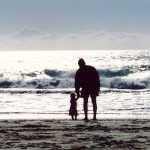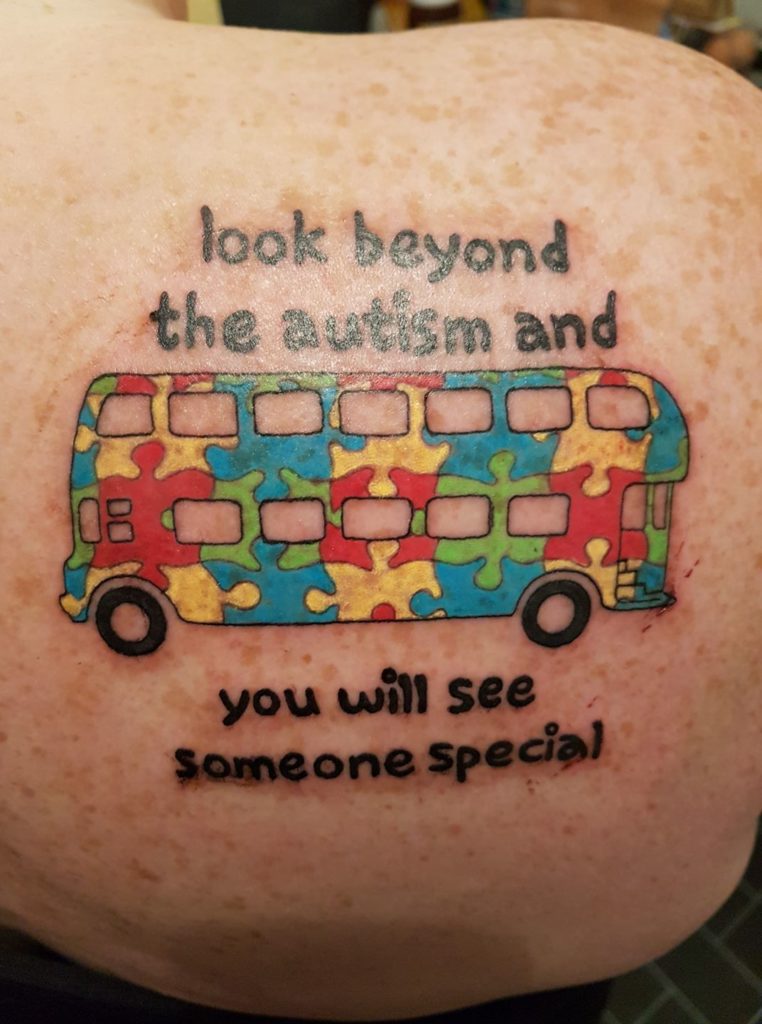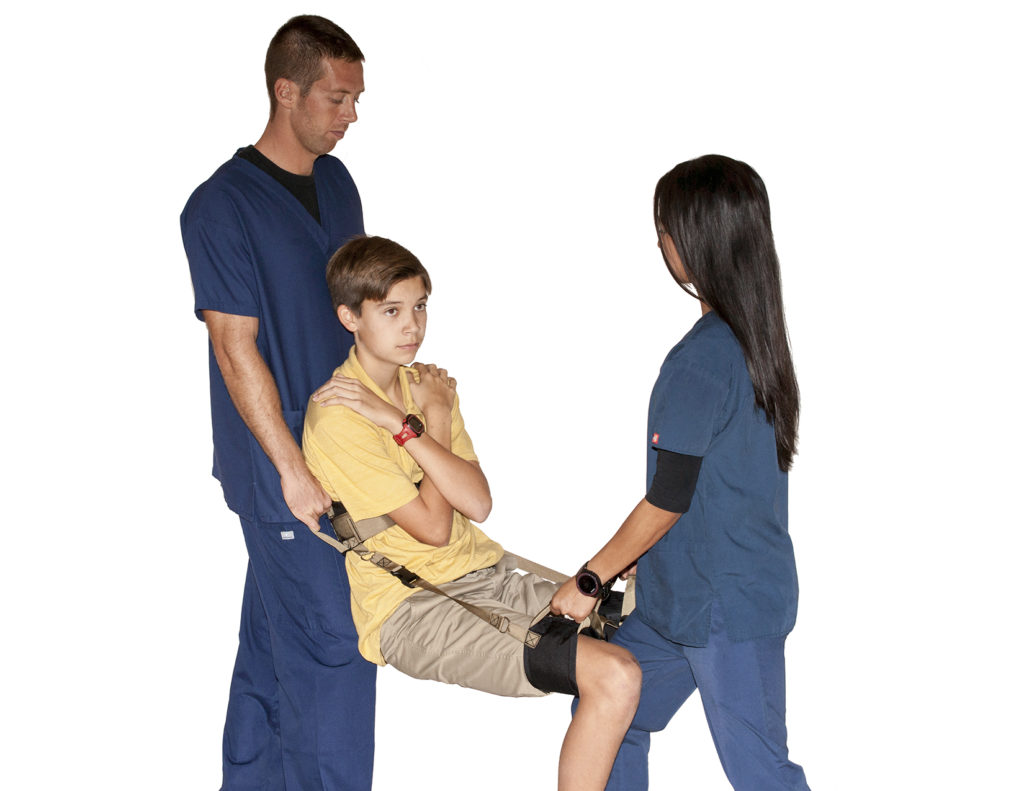
Scoliosis
Some years ago I look a five week course in the Alexander technique to help me relax. The Alexander Technique “teaches people how to stop using unnecessary levels of muscular and mental tension during their everyday activities”. It is often used by people with back problems. Indeed there was a lady in the group who suffered from scoliosis and she hoped that the technique would be of assistance.
This was the first but not the last time that I have come across Scoliosis in my professional and personal life.
Scoliosis is simply an abnormal curvature of the spine. It should be noted that the effects and severity can be very different from person to person.
How common is it? Until recently it was thought that Scoliosis was a condition which developed in childhood. While 0.30% of children are born with Scoliosis it now seems that it may develop in older people but only to a very minor degree.
The causes of Scoliosis really vary but in around 80% of cases they are simply unknown. However people with Marfan syndrome, cerebral palsy, muscular dystrophy and Neurofibromatosis are all at higher risk.
Typical signs of Scoliosis are:-
1) Visible curvature of the spine. The lady at the group I was in did not have this.
2) A tendency to lean to one particular side
3) Clothes not hanging correctly
4) There are some cases of bowel and bladder problems.
Back pain seems to be common with adults with Scoliosis. You can read more about back pain at a previous blog https://patienttalk.org/?p=389.
A lot of children, with mild symptoms, simply grow out of Scoliosis. In some more severe occurrences a back brace can be used to help straighten the spine. Unfortunately this can cause body image issues especially for adolescents. It should be noted that surgery for children with Scoliosis is very rare.
With adults who have back pain various pain killers are often employed.
As well as raising awareness of Scoliosis one of the objectives of this blog post is to provide our readers with a space they can use to share their experiences.
It would be great if you could use the comments box below to tell us a bit about how Scoliosis has impacted you and your family. It would be great if you could consider the following questions:-
a) What were your signs of Scoliosis? At what age was the diagnosis of Scoliosis made?
b) Did you need treatments? How effective were these treatments?
c) Has Scoliosis had any long term effects on your lifestyle?
d) Is there one piece of advice you would give to somebody whose child has been diagnosed with Scoliosis?
There questions are really only suggestions. Anything would want to share about Scoliosis would be of great interest to our readers.
Thanks very much in advance.


